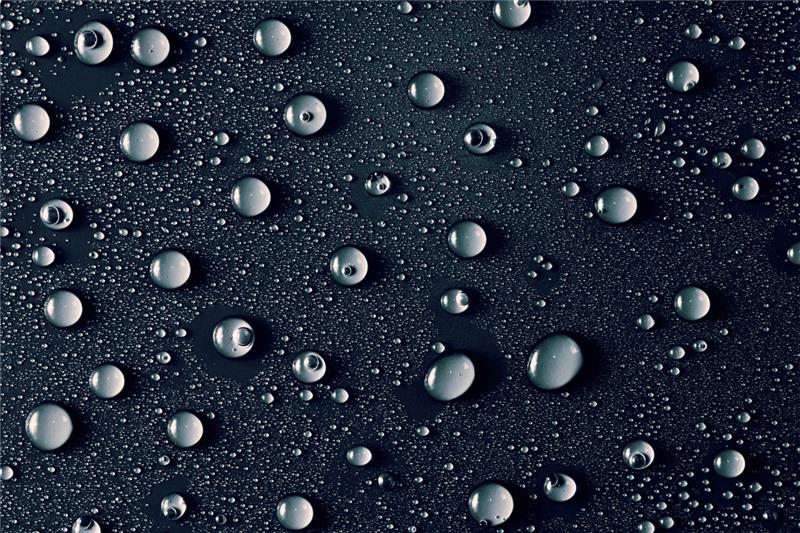Hurricane season is in full swing in South Florida. Is your commercial property protected from all that rain we’re getting?
Water is one of the biggest threats to a building’s health. If water seeps into its walls, it can lead to damage to its structure, a humid environment inside, and mold. Fortunately, there are a few proactive steps you can take to protect your commercial building.
Keep reading to learn some of the signs that your building might have water damage and what are some ways to prevent water from entering its walls.
How can you tell if you have water damage in your walls?
There are a lot of things that can cause wet walls. For example, a long period of rain where water splashes heavily on walls. If a sloped roof collects too much water, it can eventually leak into a building, and then cause cracking. Aside from that, water ingress can happen if walls or windows are not properly sealed. Some other causes include poor construction, leaking gutters or rainwater pipes, and a lack of waterproofing.
Your building might have some water damage if you can see patches on the walls, bubbles in the wallpaper, or mold and mildew. There might also be a strange smell around the area. If damp walls are not addressed, it might cause your building’s structural materials, especially wood, to deteriorate.
At first glance, some of these signs might seem harmless. However, if you’re seeing any of the above, schedule an inspection to prevent more serious issues from happening and to protect tenants from an unhealthy environment.
4 Ways To Prevent Water From Entering A Building
With these preventive measures, your building will be better able to resist water damage.
Waterproof the exterior walls
Your building’s exterior walls should have a waterproof coating. Exterior paints are often permeable and can let moisture pass through. Waterproof coatings act as a barrier against rain and water, preventing moisture from getting in.
Keep gutters and downspouts clean
Consider adding splash blocks or downspout extensions on gutters. They should be installed in a way where the flow of water is diverted away from the walls of your building. Prevent gutters and downspouts from clogging by having them cleaned regularly.
Incorporate water-resistant materials
Water-resistant materials, like cement-based boards or moisture-resistant drywall, are excellent choices for a new build or a renovation. If you’re not involved in a new project, you can apply silicone caulking or moisture-resistant sealants to doors and windows.
Check for cracks
Water may be able to enter your walls through any openings or cracks, regardless of how small they are. Make sure you check any areas where water could potentially enter, especially around windows, doors, vents, and pipes, and keep it out by applying the appropriate caulking.
Count On Our Commercial Painting and Waterproofing Experts
Don’t let water damage your building! With our waterproofing services, your building can stay dry and protected.
Contact Sepi Painting & Waterproofing today for a free estimate!

